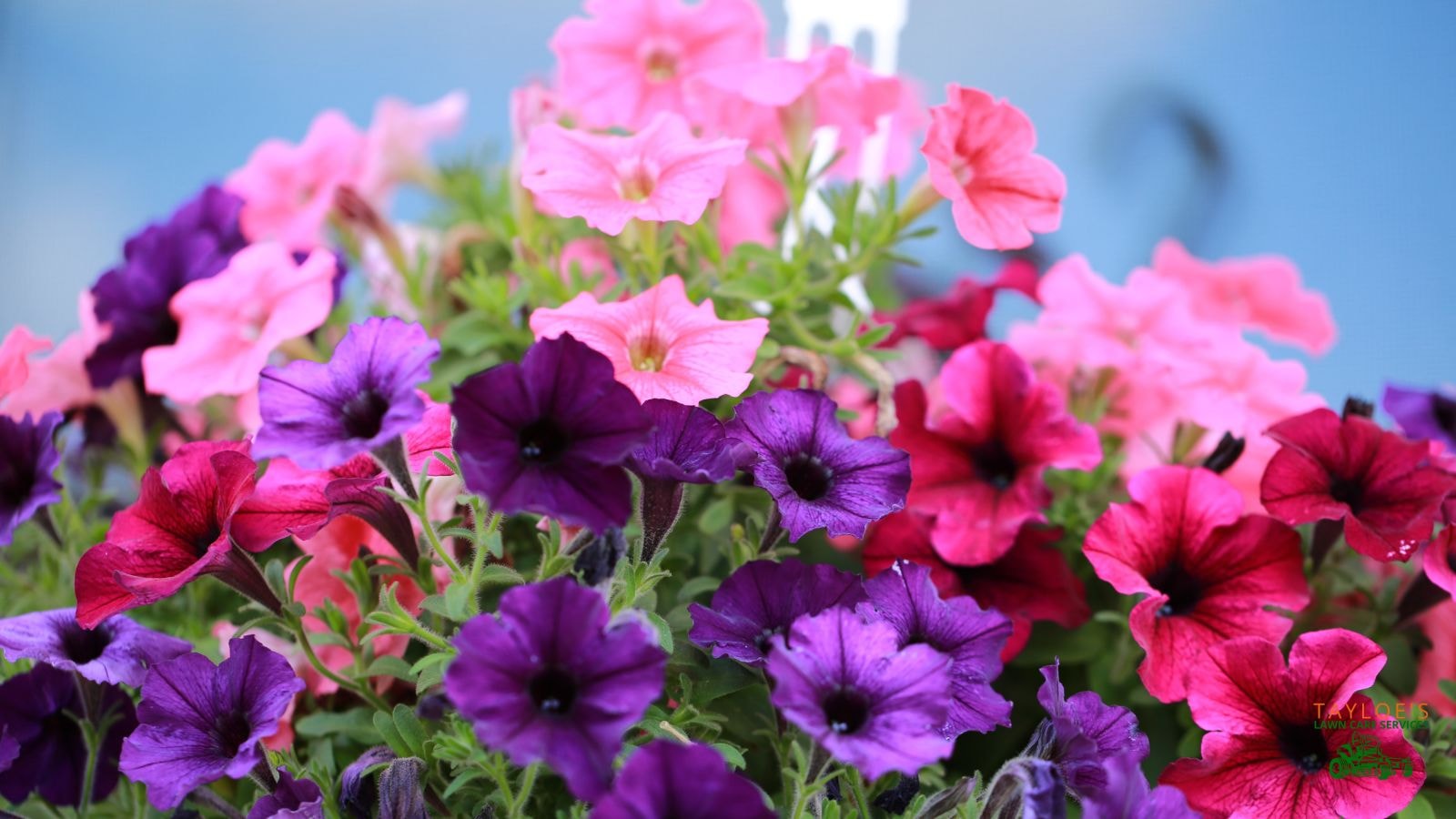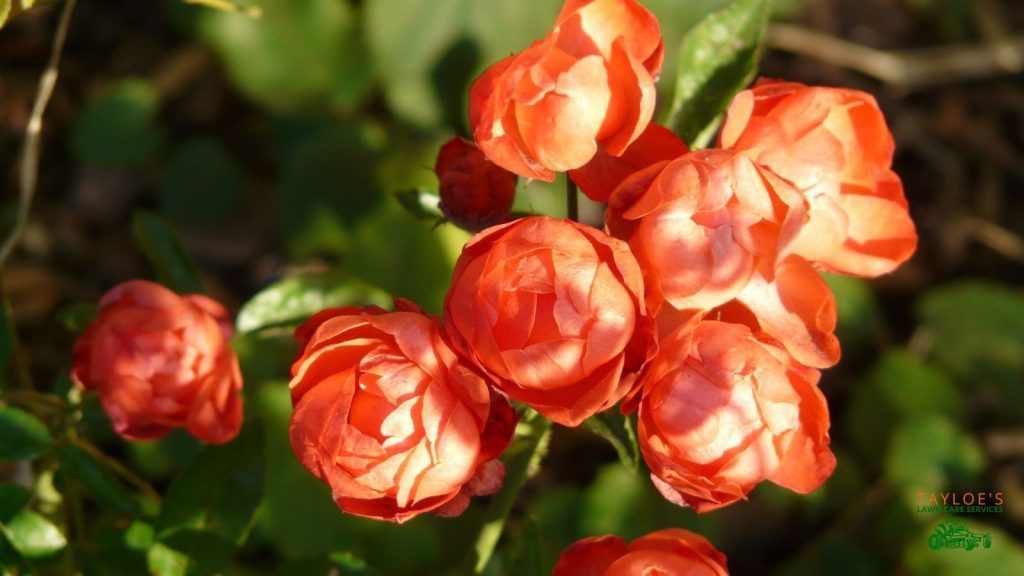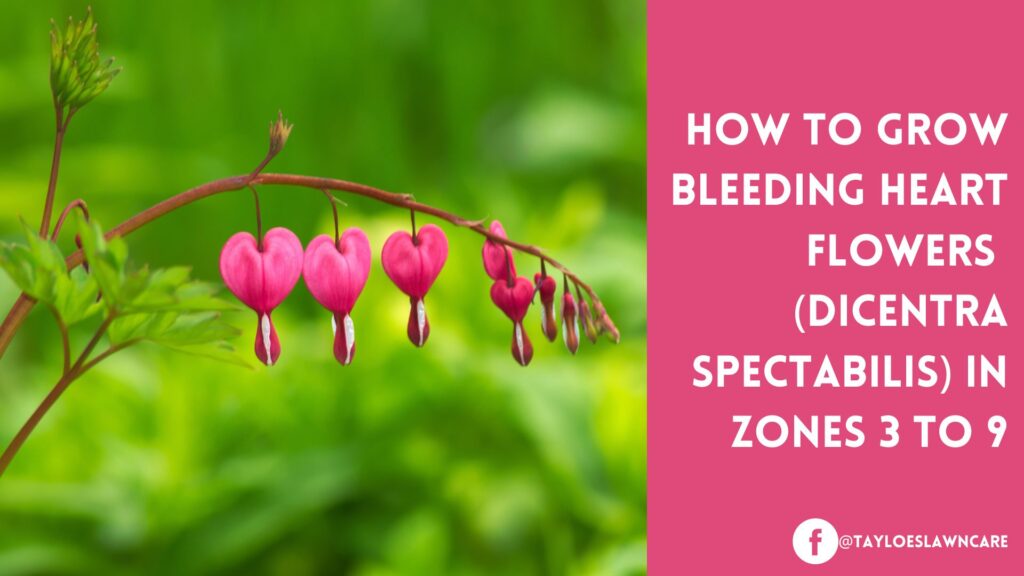Last Updated on: 7th March 2025, 04:00 pm
Here’s why the wave petunia plants have taken the gardening world by storm.
Whether you’re just discovering Wave Petunias or already captivated by their popular lush, trailing beauty, one thing is certain—these vibrant, fast-growing plants are a game-changer for home gardeners.
Unlike traditional petunias that demand constant deadheading and pruning, Wave Petunias are self-cleaning. They drop spent blooms on their own and keep producing fresh, vibrant flowers from spring until frost. That means less maintenance, more color, and an effortlessly gorgeous garden.
First introduced in the 1990s, these wave family members quickly won hearts with their incredible spreading power. In garden beds, wave petunias form a thick, colorful carpet. In hanging baskets, planters, and containers, they spread over the edges in a breathtaking waterfall of blooms.
If you’re looking for a show-stopping plant that delivers season-long color with minimal effort, the easy wave petunias are your perfect match.
Creative Ways to Showcase Wave Petunias
Petunias brighten literally any space with their bold colors and delicate blooms—even the most unexpected spots like rock crevices, dry, rocky areas, or hanging from vertical surfaces like fences and walls.
Here are some unique ways to highlight their beauty:
Ground Cover: Create a vibrant, colorful carpet that spreads across flower beds.
Hanging Baskets: Let the wave plants cascade for a stunning waterfall of color.
Planters & Containers: Brighten patios, porches, and window boxes with bold floral displays.
Borders & Pathways: Line walkways with waves of vibrant blooms.

How to Grow Wave Petunias for Maximum Impact
A strong start ensures bigger, healthier wave plants with explosive blooms all season long.
1. Choose the Best Location
Wave Petunias need full sun to truly flourish. Aim for at least 6 to 8 hours of direct sunlight daily. While the plants can survive partial shade, they won’t bloom as vibrantly or prolifically.
2. Prepare the Soil
Petunias prefer well-draining, nutrient-rich soil. For container gardening, use a high-quality potting mix that allows for moisture retention while ensuring proper drainage. In garden (or flower) beds, mix compost or organic matter into the soil to improve texture and provide essential nutrients.
3. Space Them Properly
When planting in garden beds, space your wave petunia plants 12–24 inches apart to adequately accommodate their spreading nature. In containers, one plant per 10–12-inch pot is ideal.
4. Water & Feed Immediately
Water thoroughly after planting to establish strong roots. Apply a slow-release fertilizer to give the plants an initial nutrient boost, ensuring they start strong.
Caring for Wave Petunias
Wave Petunias are low-maintenance plants, but a little care goes a long way.
Watering
Keep soil moist, not soggy. Check daily for dryness—if the top inch of soil is dry, it’s time to water.
Water, preferably, in the morning to prevent fungal issues.
Containers dry out faster, so in hot weather, the waves may need daily watering.
Sunlight
More sunlight means more flowers and better spreading. Aim for 6–8 hours of direct sunlight daily.
Too much shade? Expect fewer blooms and leggy growth.
Fertilizing
It’s the secret to explosive blooms.
Feed every 7–10 days with a liquid fertilizer OR
Use a slow-release fertilizer at planting for ongoing nourishment.
Pick a fertilizer high in phosphorus (10-30-10) to boost flower production.
Propagation
Start your wave petunias from seed or simply get cuttings from mature plants.
If growing from seed, begin them indoors before spring arrives for an earlier start to the growing season.
Grooming & Maintaining Wave Petunias for Maximum Blooms
While wave petunias are self-cleaning, a little extra care keeps them looking spectacular:
✂️ Pinching: Encourage Bushier Growth
If your plants get leggy, pinch back long stems by 1–2 inches to promote fuller, bushier growth.
🌸 Deadheading: Boost Flower Production
Yes, deadheading! Wave petunia plants don’t require deadheading, really. But removing spent flowers occasionally can encourage even more blooms.
Simply pinch off faded flowers to redirect energy back into blooming.
🚱 Avoid Overwatering
Too much water can turn leaves yellow—if this happens, hold off on watering and let the soil dry out.
Make sure containers have drainage holes to prevent root rot.
Common Problems & How to Fix Them
Even with the best care, you may run into a few common issues with this easy wave:
🟡 Yellowing leaves? Likely overwatering or poor drainage—reduce watering and ensure soil dries out between sessions.
🌱 Leggy stems? Your wave petunias need more sun and occasional pinching to promote fullness.
🌼 Few blooms? Ensure the plants are getting at least 6 hours of sun and boost feeding with a high-phosphorus fertilizer.
The Simple Formula You Need to Successfully Grow Wave Petunias
With full sun, well-draining soil, and the right care, your wave petunias will deliver a season-long spectacle of lush, vibrant blooms. Feed them regularly, water wisely, and let their self-cleaning magic do the rest.
Master these basics, and your garden won’t just grow—it will spread and explode with unstoppable color and beauty. Now, go plant your waves, and let the floral show begin!
Welcome to your new easy wave of beauty—the wave family!
Author Profile

- Maureen Abuor
- Maureen Abuor is a professional content marketing strategist and SEO strategist, with particular knowlege of creating landscaping and gardening content that informs and delights her audience. When she's not working, she's a busy mother of three precious little ones and child of God.
Latest entries
 Lawn CareApril 29, 2025Best shady area grass seed for Eastern NC
Lawn CareApril 29, 2025Best shady area grass seed for Eastern NC GardeningApril 15, 2025How do I make organic soil for the garden?
GardeningApril 15, 2025How do I make organic soil for the garden? Flower GardenMarch 7, 2025What are wave petunias?
Flower GardenMarch 7, 2025What are wave petunias? Flower GardenMarch 3, 202520 Full-sun annuals for your spring and summer garden
Flower GardenMarch 3, 202520 Full-sun annuals for your spring and summer garden







